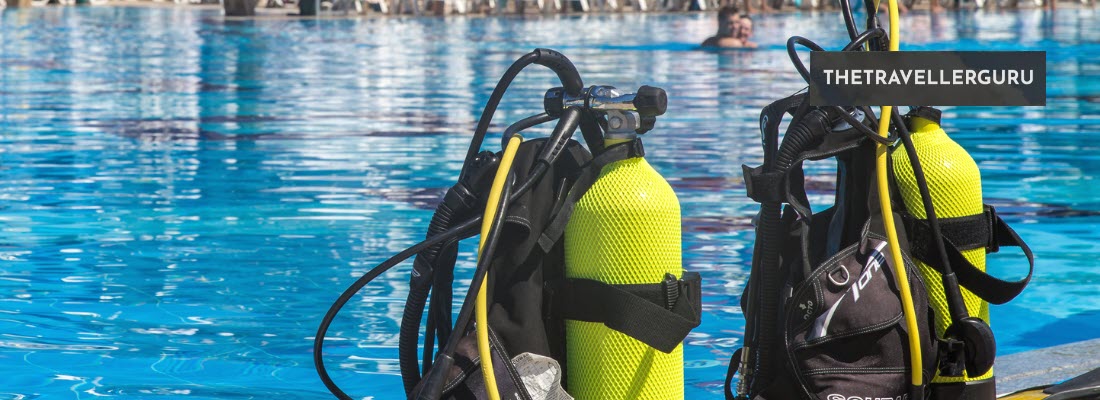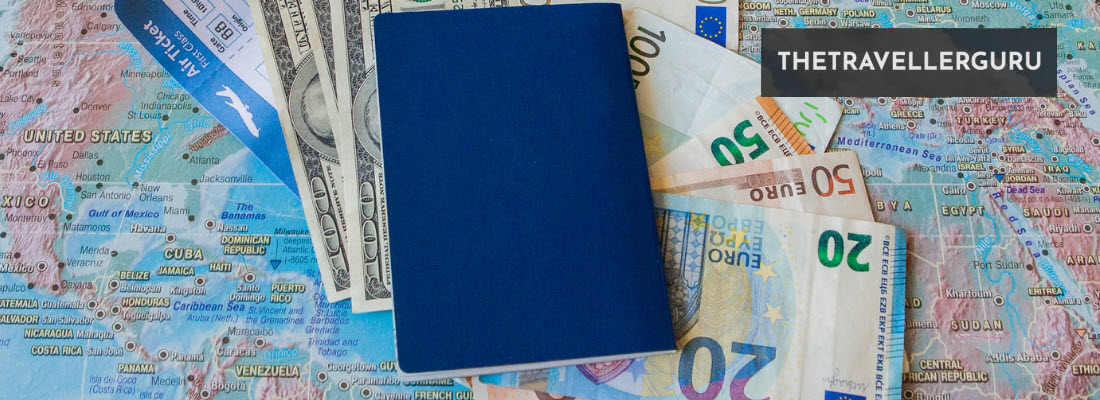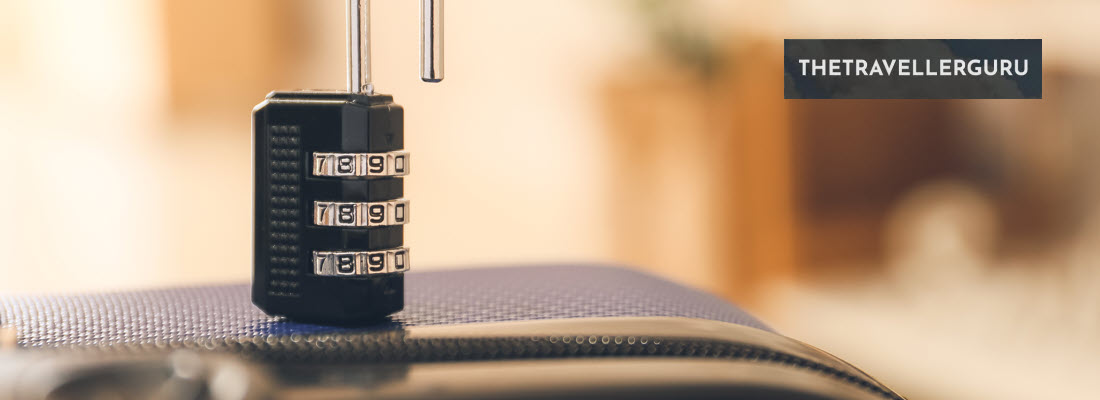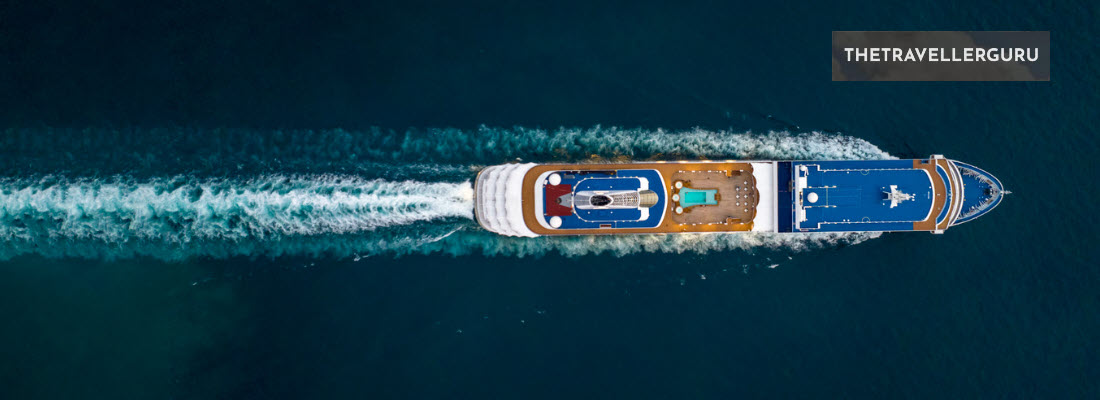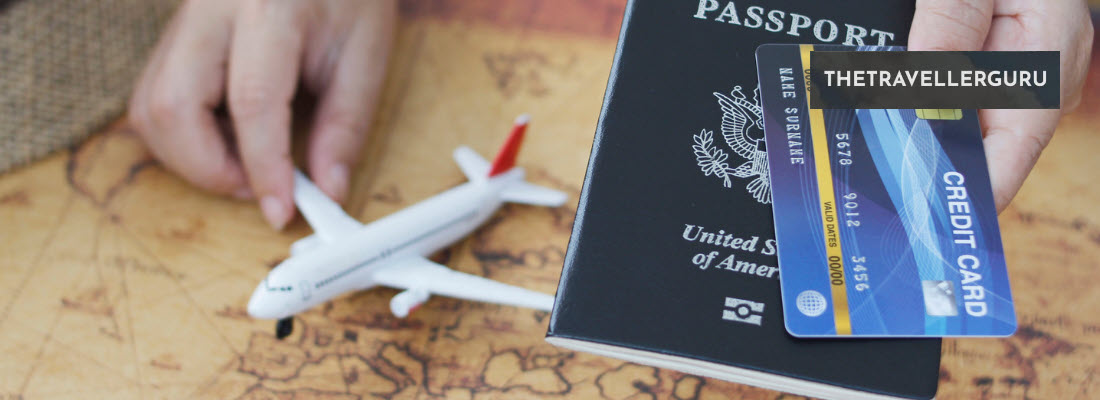Hey there my underwater travel enthusiasts and welcome to my post where we will check out my 5 tips for flying with scuba gear this year. Flying with scuba gear can be a daunting task, especially if it’s your first time.
It’s important to pack your gear properly and follow the airline’s guidelines to avoid any additional fees or damage to your equipment. Additionally, some airlines have specific weight and size restrictions for checked bags, and others may charge additional fees for sports equipment.
So to make things easier, let’s dive into (like what I did there?) the ins and outs of traveling with scuba gear.
- Pre-Flight Preparations
- At The Airport
- On The Plane
- Arriving at Your Destination
- Don’t take it
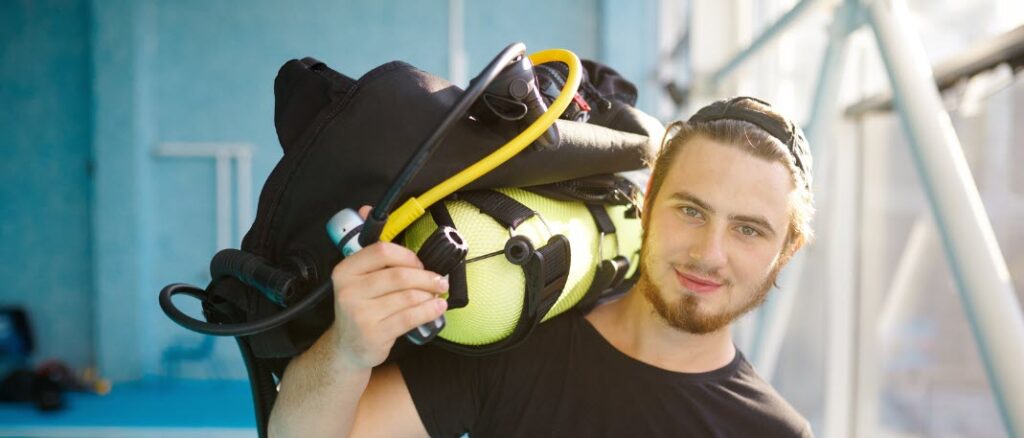
Tips for Flying with Scuba Gear
Ok, so let’s look at some tips for flying below:
1. Pre-Flight Preparations
When it comes to flying with scuba gear, preparation is key. Here are some tips to help you prepare for your flight and ensure a hassle-free experience.
Packing Tips
Packing your scuba gear can be a bit of a challenge, but with a little planning you can make it work. Here are some tips to help you pack your gear for your flight:
- Check with your airline to see what their baggage allowance is. Some airlines may have restrictions on the size and weight of your bags.
- Pack your gear in a sturdy bag or case to protect it during transport.
- Use bubble wrap or foam padding to protect delicate items like your regulator and dive computer.
- Pack your wetsuit and other soft items around the edges of your bag to help protect your gear.
- Make sure to pack your dive knife and speargun in your checked luggage.
- Make sure to empty any air tanks before you go through security, as they are not allowed on airplanes full.
Check out these: 3 Best Travel bags for Scuba Gear
Safety Checks
Before you leave for your trip, it’s important to do some safety checks on your gear. Here are some things to check before you fly:
- Check your regulator and BCD for any signs of damage or wear and tear.
- Make sure your tanks are properly secured and not leaking.
- Check your dive computer to make sure it’s working properly.
- Test your weights to make sure they’re accurate.
- Inspect your wetsuit for any tears or holes.
2. At The Airport
When traveling with scuba gear, there are a few things you need to keep in mind when you arrive at the airport. Here are some tips to help make the check-in and security process as smooth as possible.
Check-In Process
When you arrive at the airport, you will need to check in your scuba gear with the airline. Consider using a lightweight duffle for your luggage instead of a heavy trolley to save weight.
You can also pack your day-to-day clothes in your carry-on and leave the bulk of the gear in the checked bag. This will help you avoid any additional fees and make it easier to transport your gear.
Security Checks
In most cases, you will not have to worry here as your scuba gear will be processed when you check in. However, if you are taking any of it through security, you will need to remove your scuba gear from your bag and place it in a separate bin for screening.
You may bring regulators, buoyancy compensators, masks, snorkels and fins as carry-on or checked baggage. However, knives and spear guns are prohibited from carry-on luggage and should be packed in checked luggage.
It is also important to pack your gear in a way that makes it easy to inspect. Consider using clear plastic bags or mesh bags to make it easier for security personnel to see your gear as well.
3. On The Plane
Once you’re on the plane, there are a few things you should keep in mind to ensure your gear stays safe and secure.
Storing Your Gear
When you board the plane, you’ll need to stow your gear in the overhead compartment or under the seat in front of you. If you have a lot of gear, you may need to split it up between multiple bags. Here are a few tips to help you store your gear:
- Pack your gear in a hard-sided luggage to protect it from damage during the flight.
- Put your heavier gear, such as your tanks, in the bottom of your bag to prevent it from shifting during the flight.
- If you’re traveling with a buddy, consider packing some of your gear in their bag to save space.
In-Flight Care
Once you’ve stowed your gear, you can sit back and relax. However, there are a few things you should keep in mind during the flight:
- Keep your mask and regulator with you in your carry-on bag. These are the most important pieces of gear, and you don’t want to risk losing them if your checked bag gets lost.
- If you have a dive computer, make sure you turn it off before boarding the plane. The change in altitude can cause the computer to malfunction.
- If you have a camera, make sure you remove the battery and store it in your carry-on bag. Lithium-ion batteries are not allowed in checked baggage.
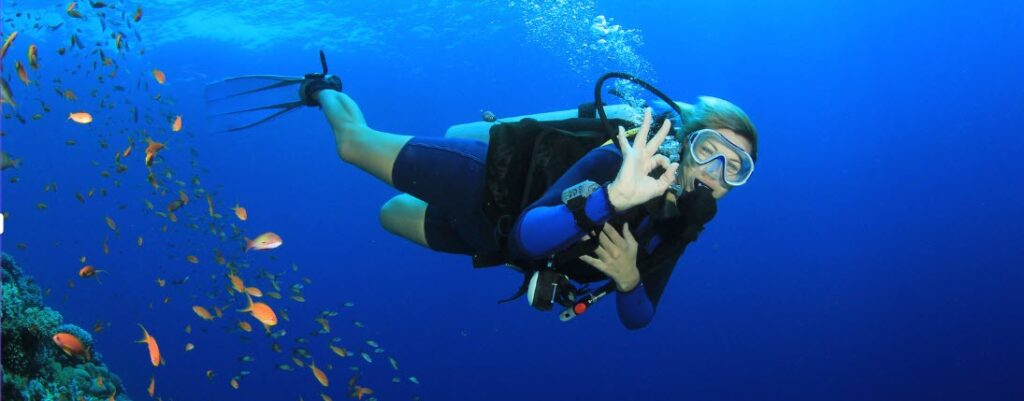
4. Arriving at Your Destination
After a long flight, you are finally at your destination and ready to start your scuba diving adventure. However, before you can hit the water, there are a few things you need to do.
Retrieving Your Gear
The first thing is to retrieve your scuba gear from the baggage claim. Once you have your bag, take a quick inventory of your gear to make sure that everything is accounted for and undamaged.
If you notice any damage, report it to the airline immediately. It’s important to do this before leaving the airport, as it may be more difficult to get compensation later on.
Post-Flight Checks
After retrieving your gear, it’s important to do a quick post-flight check to ensure that everything is in working order. Here are a few things to check:
- Check the pressure in your tank to make sure it hasn’t changed during the flight.
- Inspect your regulator to ensure that it hasn’t been damaged during transit.
- Check your dive computer to make sure it’s still functioning properly.
If you notice any issues during your post-flight check, take your gear to a local dive shop to have it inspected and repaired if necessary.
5. Don’t take it
Now, this may sound funny but in my experience there are some good alternatives to trying to travel with your scuba gear. Now, this depends on whether you absolutely must have your own gear with you or not, however I suggest considering the following:
- Have your gear shipped to your destination – If you look around, there are courier or transport companies that can have your scuba gear transported to the location or your hotel rather than you having to pack it up and carry them through the airport. If you shop around, the price of this service is pretty comparable to the luggage fee you would pay the airline. The fact that you hardly ever have to deal with problems involving misplaced or broken gear is another strong selling factor.
- Rent – This next next alternative is to leave your equipment behind at home and rent it at your location. Almost all scuba dive companies and resorts provide rental equipment and almost always these these are upscale gear with well-known brands. This can be a little more expensive, but to be honest it is an option that we have chosen a number of times and trust me, the fact that you can turn up, get your gear there and then leave them behind is well worth the extra cost.
- Buy your other gear there – If weight is your issue, then another trick is to pack your personalised gear and then purchase your other needs such as fins, goggles etc. at your location. This way it is only the regulator and dive computer etc. you are taking and nothing else.
Understanding Scuba Gear
For fear of stating the obvious, scuba diving gear is essential for any scuba diving trip and without it, you won’t be able to dive safely and comfortably. Here are some of the essential pieces of scuba diving gear that you need to know about:
- Regulator – The regulator is the most important piece of scuba diving gear. It allows you to breathe underwater by reducing the pressure of the air in your tank to a level that is safe for you to inhale. The regulator consists of two parts: the first stage and the second stage. The first stage attaches to the tank and reduces the air pressure. The second stage is the mouthpiece that you breathe from.
- Buoyancy Compensator Device (BCD) – The BCD is a vest that you wear while diving. It helps you control your buoyancy by allowing you to add or release air from the vest. This helps you stay at the right depth and avoid floating to the surface or sinking too deep.
- Wetsuit – A wetsuit is a special type of suit that keeps you warm while diving. It is made of neoprene and traps a thin layer of water between your skin and the suit. Your body heat warms up the water, which keeps you warm. Wetsuits come in different thicknesses depending on the water temperature.
- Mask -The mask allows you to see underwater by creating an air pocket around your eyes. It is important to choose a mask that fits well and doesn’t leak.
- Fins – Fins help you move through the water more efficiently. They come in different shapes and sizes depending on your diving style.
- Dive Computer – A dive computer is a device that tracks your depth, time, and nitrogen levels while diving. It helps you avoid decompression sickness by calculating how much time you can spend at certain depths.
Choosing Your Airline
When it comes to flying with scuba gear, choosing the right airline can make all the difference. Here are some things to keep in mind when selecting your airline.
Airline Policies
Different airlines have different policies when it comes to transporting scuba gear. Some airlines may allow you to check your scuba gear as part of your regular baggage allowance, while others may consider it oversize or overweight baggage and charge you extra fees.
Before booking your flight, be sure to check the airline’s policy on scuba gear. You can usually find this information on the airline’s website or by calling their customer service line. Some airlines may also require you to fill out a special form or provide advance notice if you plan to bring scuba gear.
Extra Fees
In addition to checking the airline’s policy on scuba gear, you should also check for any extra fees associated with transporting it. Some airlines may charge a flat fee for oversize or overweight baggage, while others may charge per item.
It’s also worth noting that low-cost airlines tend to be stricter when it comes to baggage allowances and may charge more for oversize or overweight items. If you’re flying with scuba gear, it may be worth considering a more high-end airline that offers more generous baggage allowances.
Conclusion
There you have it, my useful tips for flying with scuba gear. Let me know how this article helped you, and as usual, let me know of your experiences here.
Also, please do not hesitate to comment below if you have any questions, concerns, or corrections or would like me to check anything else out for you.
Until next time.
Have fun
Paul
